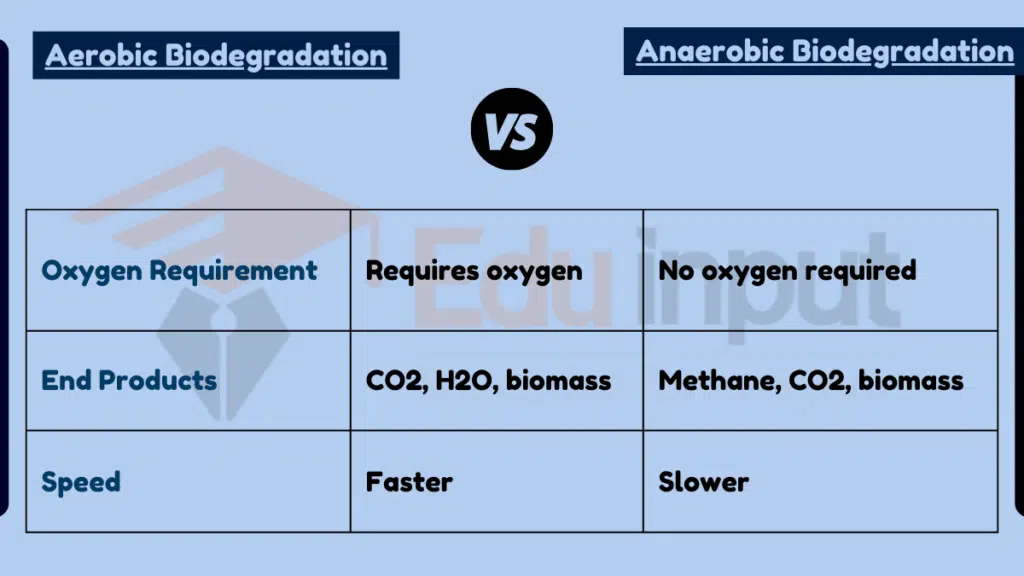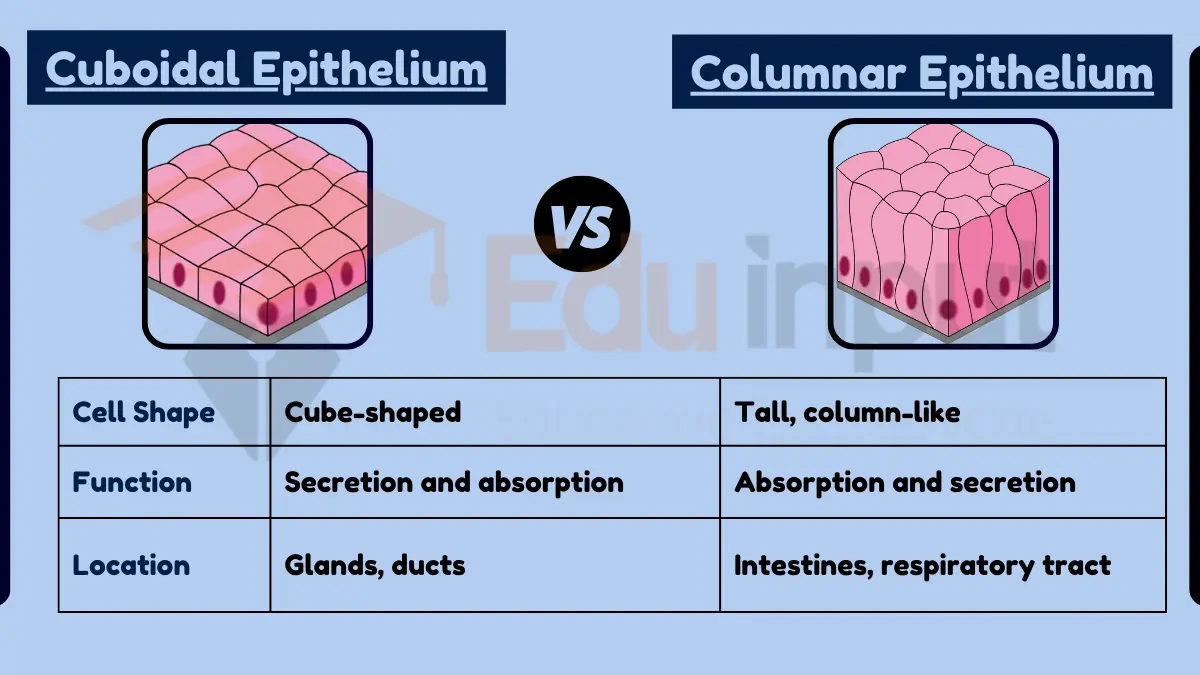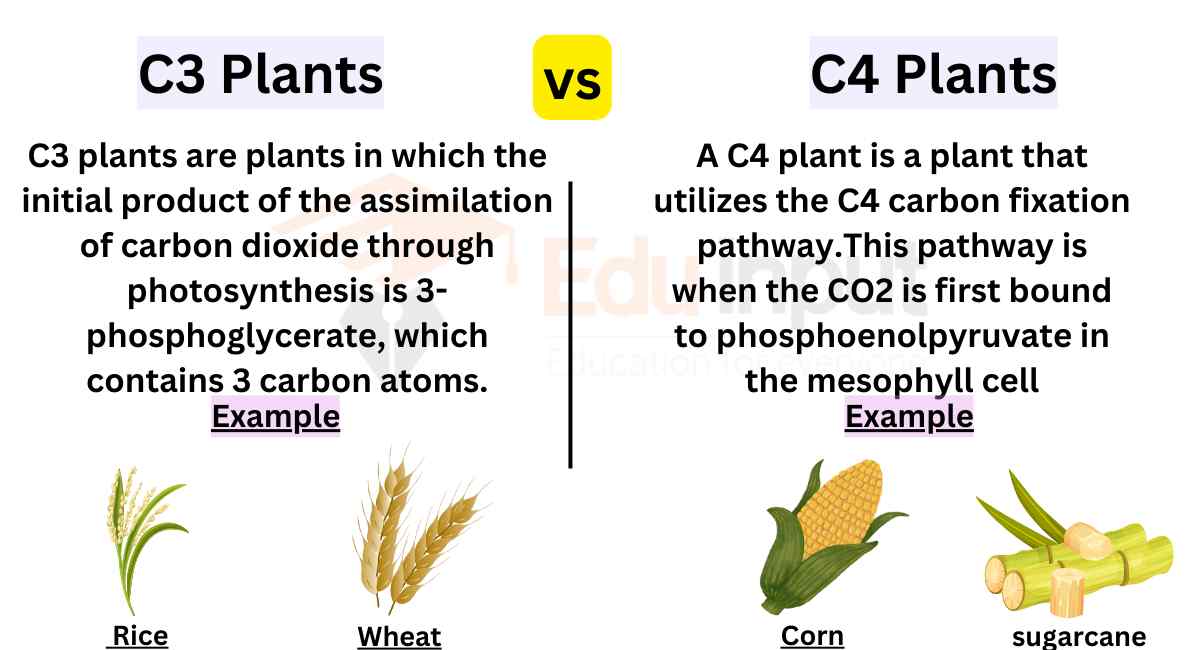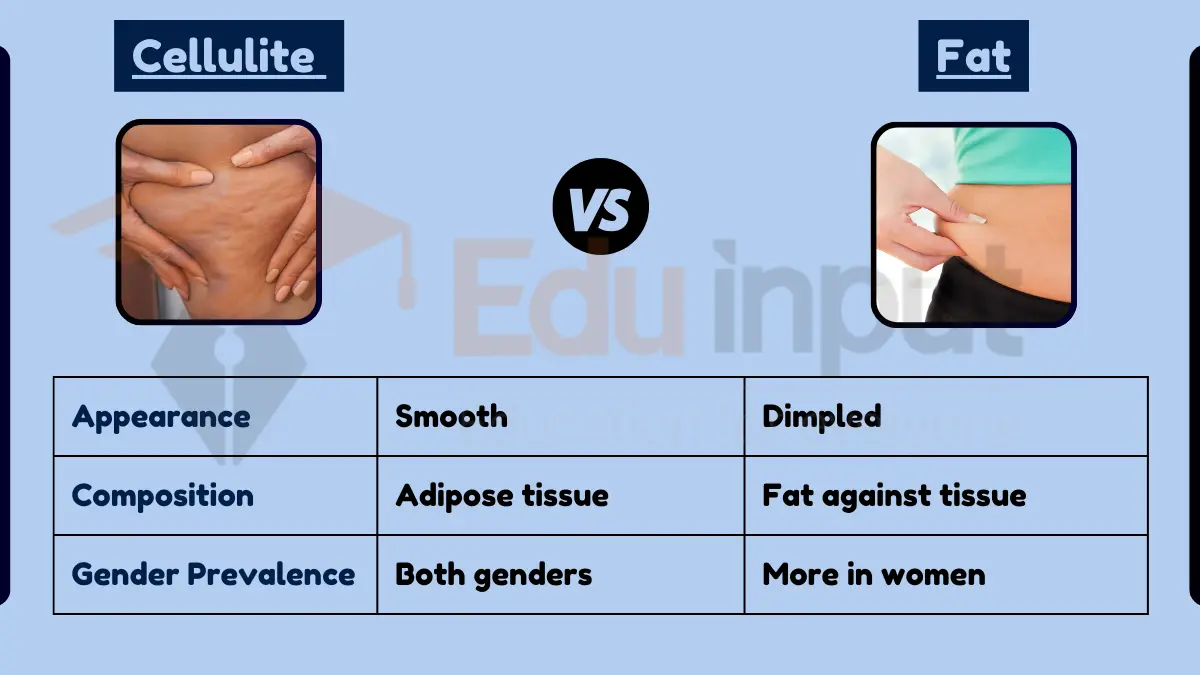Difference Between Aerobic and Anaerobic Biodegradation
Key Difference
Aerobic and anaerobic biodegradation are both natural processes of breaking down organic matter but differ in their use of oxygen. Aerobic biodegradation occurs in the presence of oxygen and typically breaks down organic substances more completely. Anaerobic biodegradation happens in environments lacking oxygen, such as deep water or soil, and often results in less complete degradation of materials.

Comparative Analysis
- Oxygen Requirement:
- Aerobic Biodegradation: Requires oxygen.
- Anaerobic Biodegradation: Occurs without oxygen.
- End Products:
- Aerobic: Carbon dioxide, water, and biomass.
- Anaerobic: Methane, carbon dioxide, and biomass.
- Speed of Process:
- Aerobic: Generally faster.
- Anaerobic: Slower due to less efficient energy release.
- Environmental Conditions:
- Aerobic: Common in surface soils and water.
- Anaerobic: Found in deep soils, sediments, swamps.
- Microorganisms Involved:
- Aerobic: Uses aerobic bacteria and fungi.
- Anaerobic: Involves anaerobic bacteria, archaea.
Table Summary
| Feature | Aerobic Biodegradation | Anaerobic Biodegradation |
|---|---|---|
| Oxygen Requirement | Requires oxygen | No oxygen required |
| End Products | CO2, H2O, biomass | Methane, CO2, biomass |
| Speed | Faster | Slower |
| Environment | Surface soils, water | Deep soils, swamps |
| Microorganisms | Aerobic bacteria, fungi | Anaerobic bacteria, archaea |
Aerobic and anaerobic biodegradation are essential natural processes for decomposing organic matter, differentiated primarily by the presence or absence of oxygen and resulting in different end products and degradation rates.






Leave a Reply